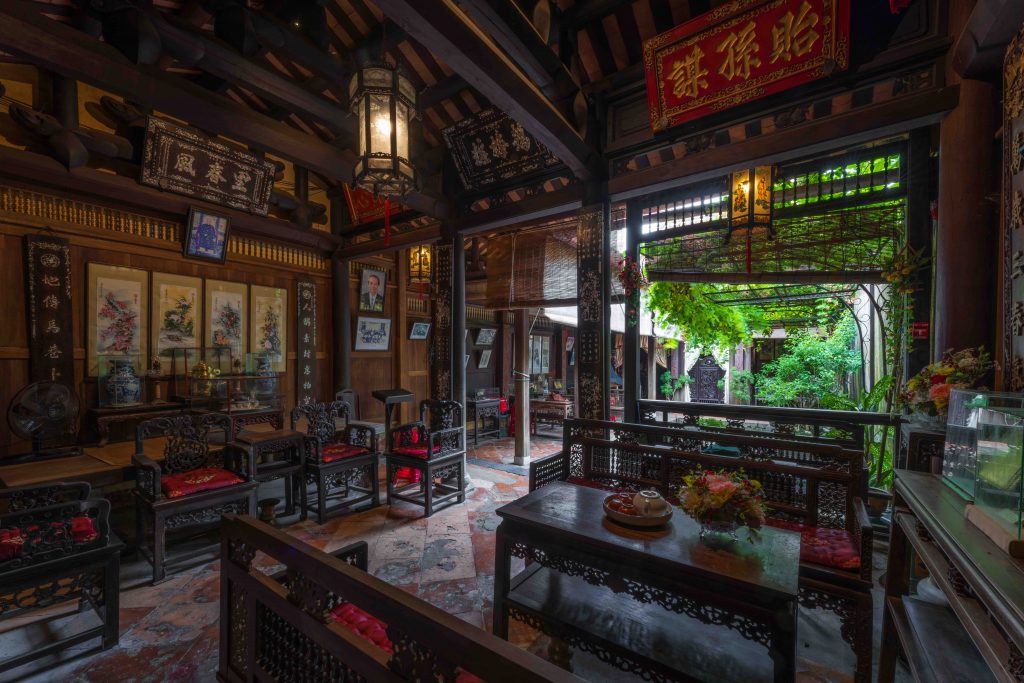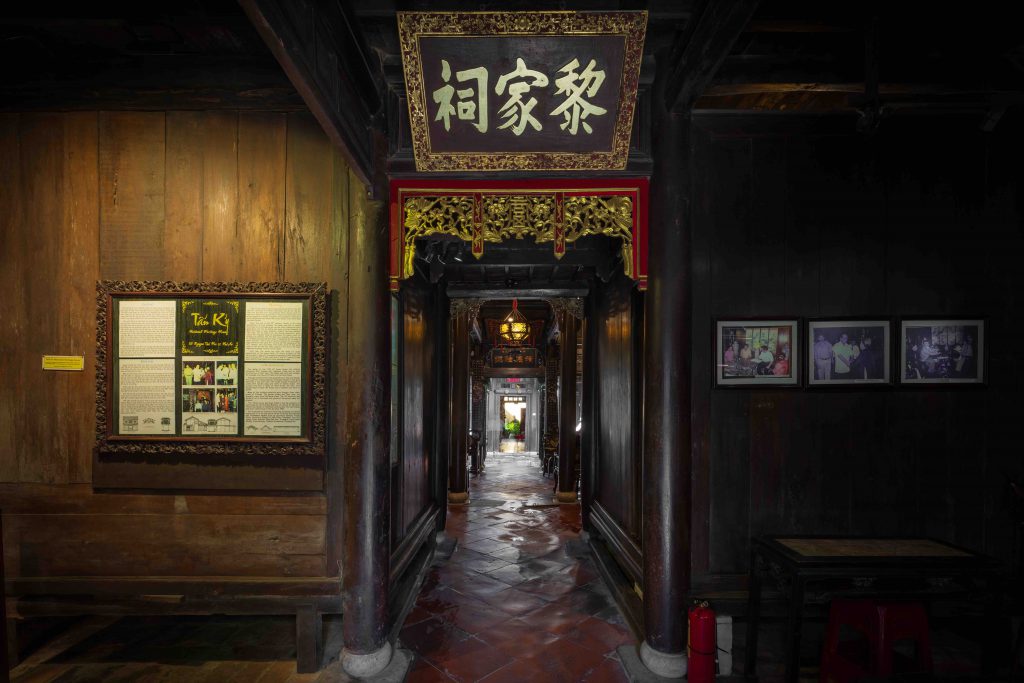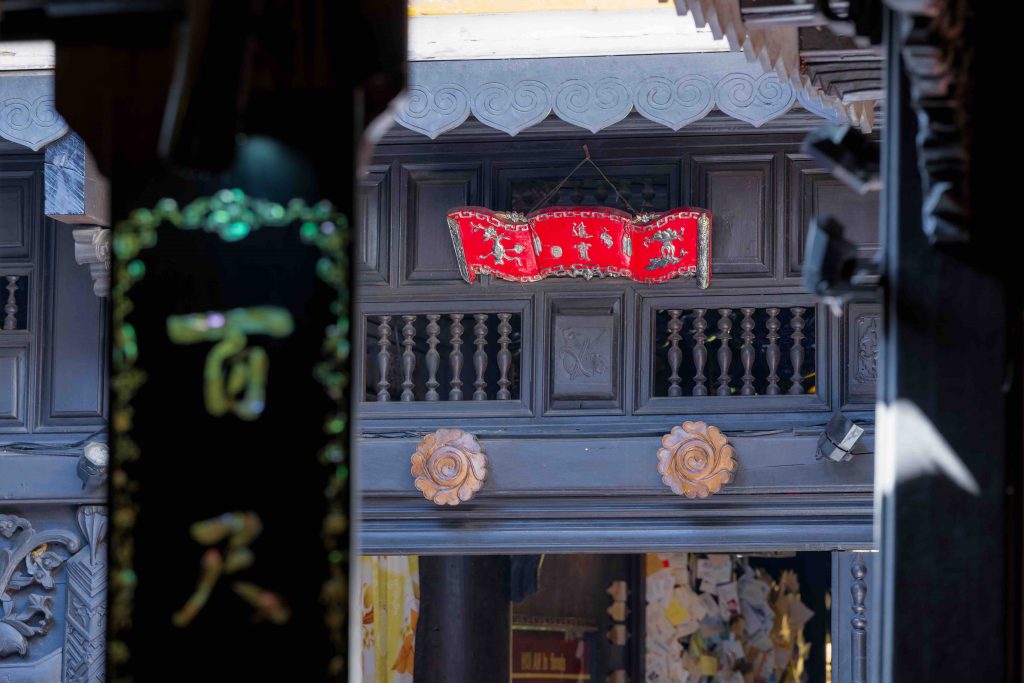Story: Van Anh
Photos: Van Viet
As sunset shimmers over the Thu Bon River, Hoi An emerges like a nostalgic painting. The streets are lined with narrow tube houses, their tiled roofs stacked together and their mossy walls stained by time. In this ambiance, which whispers of a glorious past, these ancient houses stand out. They are not just unique architectural works but priceless treasures full of history and culture.

The most common type of ancient house in Hoi An is the tube house, characterized by an absence of side windows. One end faces the river, while the other opens to the street. A central courtyard allows natural light to enter and helps regulate airflow. Most of these houses were constructed with wooden frames, surrounded by brick walls or wooden panels. This traditional design keeps the house cool in summer and warm in winter. The roof structures vary, featuring designs such as trusses and beams. They are covered with yin-yang tiles, giving the houses a robust yet elegant appearance.
In addition to their distinctive architectural style, the ancient houses of Hoi An are adorned with exquisite carvings that enhance their interior decor. For example, the Tan Ky House is renowned for a pair of inlaid mother-of-pearl calligraphic couplets, which have withstood the test of time: “Bách xích thủy dương thiên lý vũ – Thập phần minh nguyệt nhất lâu thư” (A hundred boats race along the river in the pouring rain – The bright moon shines upon the books in a tower). These poetic lines describe the beauty of moonlight illuminating every corner of the house. Similarly, the Duc An House features a collection of horizontal boards and couplets with notable phrases like “Duc An hieu” and “Am ha tu nguyen” (When drinking water, remember its source).

The details within these centuries-old houses reflect the fusion and refinement of diverse cultural influences. This is evident in the traditional three-compartment layout typical of Vietnamese homes, the small windows and graceful slanted roofs characteristic of Japanese architecture, and the intricate Chinese-style carvings on columns and walls. The artifacts displayed in these homes also reveal a mix of cultural influences, such as pottery from Thanh Ha, Bat Trang, and Jiangxi, as well as uniquely shaped and mysterious Confucius bowls.

When discussing decorative details in Hoi An’s ancient houses, one cannot overlook a small yet unique feature full of profound spiritual significance—the “door eyes”. Hoi An’s “door eyes” are crafted in pairs from wood or terracotta. With a diameter of about 20 cm, these “door eyes” are round and intricately carved with various motifs. Placed symmetrically on either side of the house’s main entrance, they are sometimes adorned with flowing silk. Some people believe that “door eyes” were inspired by the eyes painted on boats, which symbolize fishermen’s hopes for peace. Others claim this practice originates from the worship of “Mon Than” (the Door God) in the folk beliefs of the Chinese community. Regardless of their origins, “door eyes” symbolize the people of Hoi An’s hopes for a prosperous and peaceful life
Given the harsh weather in Central Vietnam, Hoi An’s ancient houses endure annual heavy rains and frequent flooding. Despite this, they have been preserved and cherished to this day, contributing to the vivid tapestry of Hoi An’s cultural heritage.










